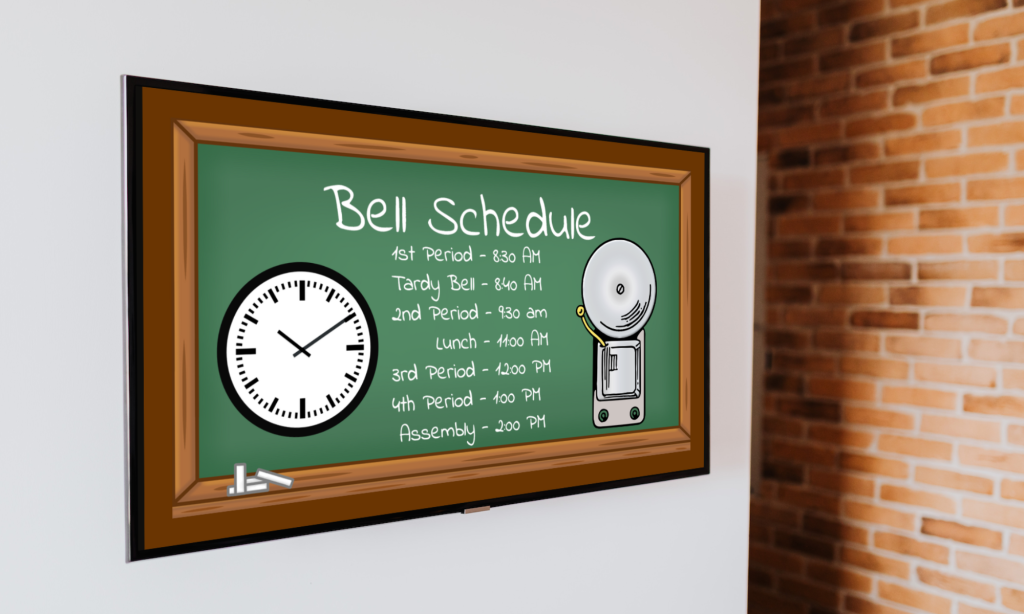MyVideoSpot User Guide
Video Showcase (5)
- How to Create a Showcase
- Adding and Removing Showcase Categories
- Adding and Removing Media from a Showcase
- Viewing a Showcase
- Sharing a Showcase
View all 5 articles
Closed Captioning (7)
- Creating Closed Captions
- Editing Closed Caption Files
- Translating Captions
- Using Caption Replacements
- Sharing Your Media with Caption Files
- Managing Your Caption Hours/Files
View all 7 articles
SmartSigns (7)
- Accessing SmartSigns
- Managing SmartSign Media
- Creating and Managing SmartSign Feeds
- Adding a Streaming Channel to Your Sign
- Managing SmartSign Users
- Raspberry Pi Installation Guide
View all 7 articles
Administration (10)
- Media Tags
- Managing a School's Sharing
- Customize a School's Appearance
- Media Standards
- Account Provisioning
- User Management
View all 10 articles




